Boreal Biome Deck (in progress)
2017 – (See Cards | Deck Info | Purchase)…
This set was designed by Jonathan DeMoor and Elly Knight to highlight boreal forest ecosystems. The boreal biome encircles the northern pole of the planet north of the 50th parallel and is found in Canada, Russia, and the Nordic countries. Note that the purchasable and downloadable versions focus on three different terrain designations (Upland, Lowland, and Anthropogenic) and are not compatible with other Phylo decks.
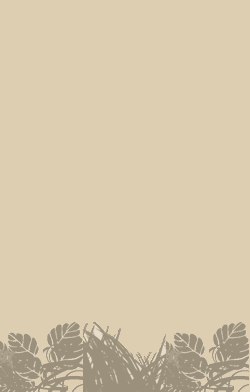
Woodland Caribou
Rangifer tarandus caribou

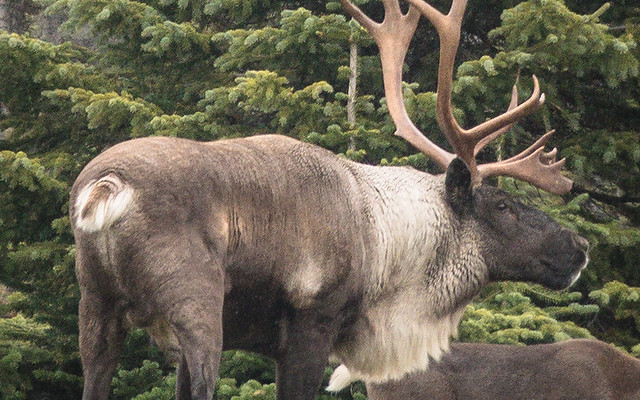
6 POINTS
Play: Species at risk: no development events. Only eats lichen. Has a MOVE of 2
Fact: Boreal woodland caribou are listed as Threatened because human disturbance to their habitat help predators find and kill them.
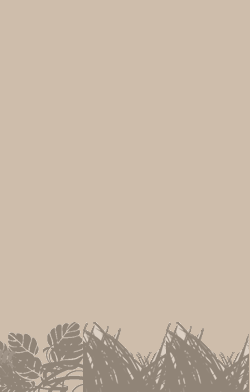
Moose
Alces alces


3 POINTS
Play: The moose has a MOVE of 2
Fact: When winter forage is good. such as after a forest fire, moose will birth twins. Otherwise, they have one calf a year.
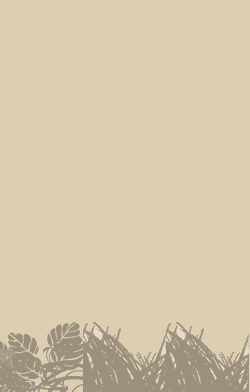
White-tailed Deer
Odocoileus virginianus

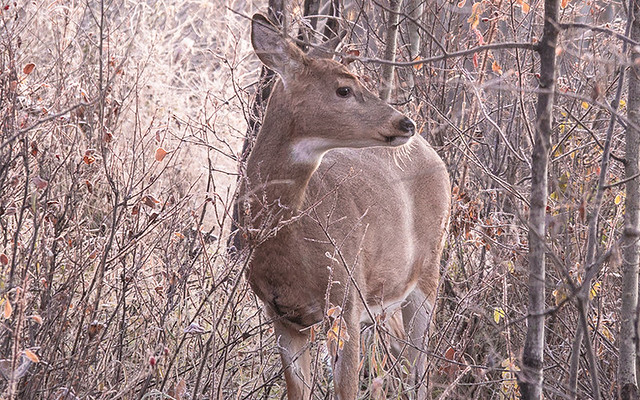
2 POINTS
Play: The white-tailed deer has a MOVE of 2
Fact: Fawns are born with spots to camouflage them from predators while they wait for their mothers to return from foraging.

Beaver
Castor canadensis


4 POINTS
Play:Fact: Beavers are a keystone species that alter the landscapes by cutting trees and damming streams to make wetlands.

Snowshoe Hare
Lepus americanus

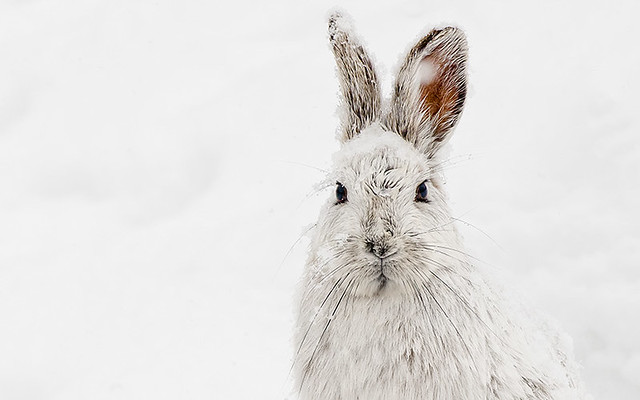
3 POINTS
Play: The snowshoe hare has a MOVE of 2
Fact: Snowshoe hares change the colour of their fur for camouflage: white during the winter and brown during the summer.
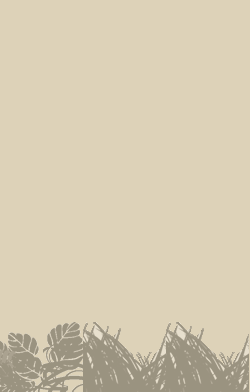
Red Squirrel
Tamiasciurus hudsonicus

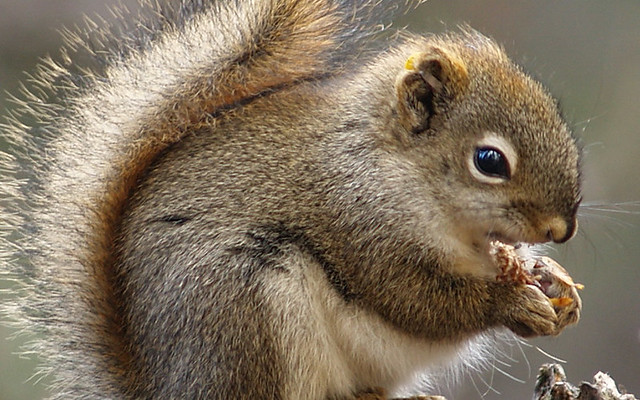
5 POINTS
Play: The red squirrel has a MOVE of 2
Fact: In addition to caching cones, red squirrels hide mushrooms in the branches of trees to dry them and save them for later.